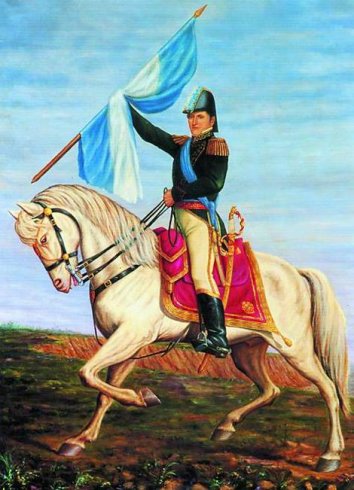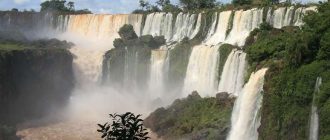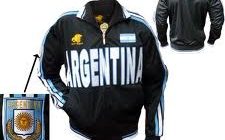 Argentina has a long and colourful history. For those seeking a brief outline of Argentinean history this article runs you through the basics from pre-Independence up to modern day Argentina.
Argentina has a long and colourful history. For those seeking a brief outline of Argentinean history this article runs you through the basics from pre-Independence up to modern day Argentina.
Argentina, before the arrival of the Spanish, was inhabited by nomadic tribes.
Of these tribes there were the Yamana who lived in Patagonia and the Gurani who lived in the tropical northeast. The tribes were the traditional hunters although some did settle and started to grow crops such as maize.
The Spanish then entered the history books in 1536, first encountering the Querandi tribes during their search for gold and silver.
Tensions rose and eventually escalated to an attack which drove the Spanish back to modern day Paraguay. In 1580 the Spanish returned and founded Buenos Aires.
Independence
In 1776 Buenos Aires was announced as the new capital of the viceroyalty of the Rio de la Plata. Although the Spanish had control of the area, their trade restrictions on the locals led to a revolt which ended in a declaration of independence in 1816.
As Argentina developed and grew there also grew a rift between the capital and the provinces. Those from the capital came to known as the Unitarists while those from outside the capital were known as the Federalists. Civil war followed which was a bloody, messy and exhausting period of Argentina’s history.
In 1829 Juan Manuel de Rosas came to power. A Federalist he actually applied his own brand on Unitarist principles which centralised control of the nation from Buenos Aires. Although stability returned to Argentina the country paid a price for it as the leader implemented policy through a strong military and the infamous mazorca (secret police). In 1852 Rosas was removed from power.
Modern Argentina
The next stage in Argentina’s history can be seen as the founding of the modern state. The new Unitarist government implemented a liberal constitution which opened up the country to foreign investment, trade and immigration. Cattle and crops were exported while Europeans immigrated to Argentina to fill roles in commerce and craft. Argentina began to become one of the most wealthy nations on earth.
The wealth however was in the hands of a minority. Poverty grew and mass migration from the rural areas to the cities began which intensified the wealth gap. This was not tackled until a colonel by the name of Juan Domingo Peron came into power in 1946. He introduced new social welfare and economic plans to try and ease the pressure on the working classes. Although popular, Peron is known to have abused his power by using force to squash the free press and political debate.
In 1955 a coup against Peron brought his reign to an end. He left to Spain and amazingly returned to power in 1973 when the then President, Hector Campora, resigned. However, Peron died soon after in 1974 and the country fell into a turbulent period of history that ended in 1976 when the military again took power.
The new regime began a process called the Process of National Reorganisation. In reality the process was a bloody and violent organised silencing of all forms of opposition from left-wing guerrillas to intellectuals to writers to doctors. The “Dirty War” (Guerra Sucia) is estimated to have taken 30,000 lives.
In 1981, as a means of diverting attention from economic problems and general discontent, General Roberto Viola decided to invade the British island of The Falklands (Islas Malinas). The brief occupation brought brief nationalistic zeal but soon ended once British Prime Minister Margaret Thatcher sent in her troops which took only 74 days to regain the island.
In 1983 Argentina elected Raul Alfonsin. He succeeded in many ways; solving territorial disputes with Chile, curbing inflation and even trying military officers for violating people’s human rights.
The successive Presidents from Carlos Menem (1989) to Fernando de la Rua (1999) all had to face severe economic troubles. Nestor Kirchner was voted into office in 2003.




